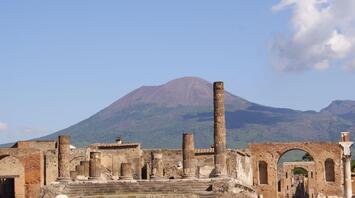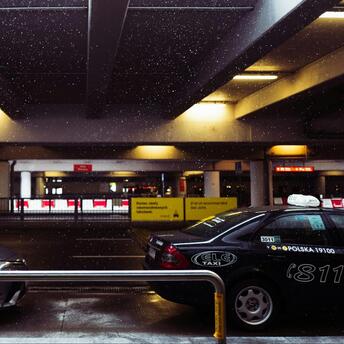Dutch Tourist Defaces Ancient Pompeii Wall

A 27-year-old Dutch tourist has vandalized an ancient Roman house wall in Herculaneum, a site near Naples and Pompeii, Italy. The house, which survived the eruption of Mount Vesuvius, was defaced with a permanent marker.
The incident came to light when staff at the archaeological site discovered black, indelible graffiti on a white section of a frescoed wall. Italian police quickly identified the tourist responsible for the act. The graffiti was identified as the man's personal signature, written with a permanent marker.
Italian Culture Minister Gennaro Sangiuliano condemned the act, stating, "Any damage hurts our heritage, our beauty, and our identity, and that is why it must be punished with the utmost firmness." The tourist now faces charges for damage and defacement of artistic works.

This incident is not isolated. Last year, an English tourist was caught on video etching his and his girlfriend's names onto a wall of the Colosseum in Rome. In response to such acts, Italy has implemented stricter penalties for vandalizing monuments and cultural sites, with fines reaching up to 40,000 euros (£34,035).
The vandalism of ancient treasures not only damages valuable historical sites but also undermines the collective heritage of humanity. Each act of defacement diminishes our connection to the past and erodes the cultural legacy that belongs to all of us. Preserving these ancient sites is crucial for future generations to understand and appreciate our shared history. It's a reminder that we must all respect and protect these treasures for the benefit of humanity and the preservation of our heritage.



















